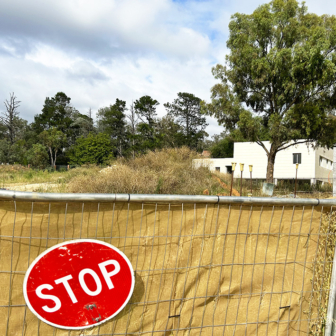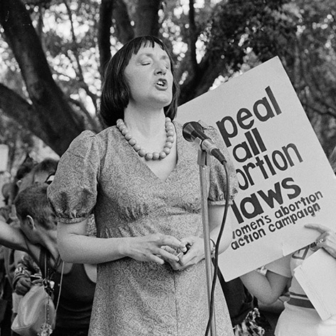Sometimes you wonder how an idea came about.
A barney is already brewing over the working holiday visa program, and it could get a lot worse. A Senate inquiry is looking at temporary visas; Four Corners has investigated exploitation of backpackers; and the union movement has been running campaigns about the impact of temporary migrants on job opportunities for Australians. Four Corners in particular attracted many responses and was extensively, and deservedly, covered in other media.
So it was surprising to hear that the government has decided to tax working holiday visa holders in Australia at 32.5 cents in the dollar from the first dollar earned. By changing their status to “non-residents for tax purposes,” this measure will reportedly raise $540 million over the forward estimates. Shadow treasurer Chris Bowen says Labor supports the change.
Apart from the question of whether it’s fair, the fact that this proposal has failed to draw the same amount of airplay and outrage as the Four Corners revelations shows the disconnect that eats away at the heart of certain policy areas.
This new tax rule will create a bunch of incentives that will drive behavioural change among migrants. It will do more than any other policy measure in this area to create an environment in which exploitation thrives, while placing downward pressure on existing wages and conditions.
This, in turn, will reduce the incentive to work. That might be viewed as a positive if you are concerned about jobs going to Australian-born residents. But if you operate a tourism or agricultural business – particularly in regional Australia, where there is an incentive to work under current working holiday regulations – then this is a negative. Not many Australian industries are wholly reliant on migrant labour, but these two come closest.
Reducing work incentives is particularly critical for regional Australia, where over 40 per cent of all working holiday visa holders are employed. As of December 2014, there were about 161,000 working holiday visa holders in Australia; an estimated 70 per cent of them are working, which means that more than 45,000 people employed in regional labour markets will be affected by the new rule.
More importantly, the bigger tax take will reduce the incentive to work legally. An increasing number of employers will offer working holiday visa holders the opportunity to work off the books and be paid in cash. The temporary workers themselves will ask for this, tipping more employers into the black market for labour. By moving to cash, wage expenses for employers will be reduced while net wages for working holiday visa holders will, in many cases, be greater than their taxed rate.
A 32.5 per cent tax rate is a steep marginal rate from the first dollar earned. If the piece rate on a strawberry farm works out to about $16 per hour, for example, a tax take of $5.20 per hour means that $12 per hour cash in hand is a revenue-maximising measure for the visa holder. I know what I would do.
This is not a small change; it is potentially very significant. Let’s assume working holiday makers earn $25,000 on average over a twelve-month period in Australia. In 2014–15, an Australian citizen or permanent resident will pay $1347 on income of $25,000. For a non-resident, the tax figure will be $8125.
Citizens and permanent residents face long-term incentives to work within the law, even if it reduces their net income. They get the safety of legal employment and all the benefits that this entails. But for working holiday visa holders, the pressure is much less tangible, given they can only work for a total of six months with any one employer. Even more strikingly, they can leave Australia at nearly any point with very little consequence.
All of this is compounded when you consider exactly which industries working holiday visa holders work in. The top two occupations are regional farm workers and waiters in urban centres, which accounted for over a third of all labour activity in the most comprehensive survey of the program, undertaken in 2009. Unfortunately we do not know more current trends however I'd be surprised if those proportions have changed.
Regional agriculture and urban hospitality combined with poor incentives for workers to comply with taxation laws? I wonder what could go wrong? This story almost writes itself.
Yet I have seen virtually no discussion of the implications of these changes. A couple of articles skirted the central issue and profiled a few migrants who mused about their feelings.
The increased risk of exploitation, drastic underpayment and erosion of wages and conditions of other workers is the cost of raising an extra $540 million of revenue over the budget estimates, a figure that will quietly fail to materialise. But chances are you wouldn’t know this because there simply has not been any discussion about these issues.
When a real policy change comes along that will have these effects, in the middle of a series of campaigns on the very same topic, there is something wrong with how we evaluate and discuss policy. But that’s a characteristic of the way immigration policy moves in this country. •




